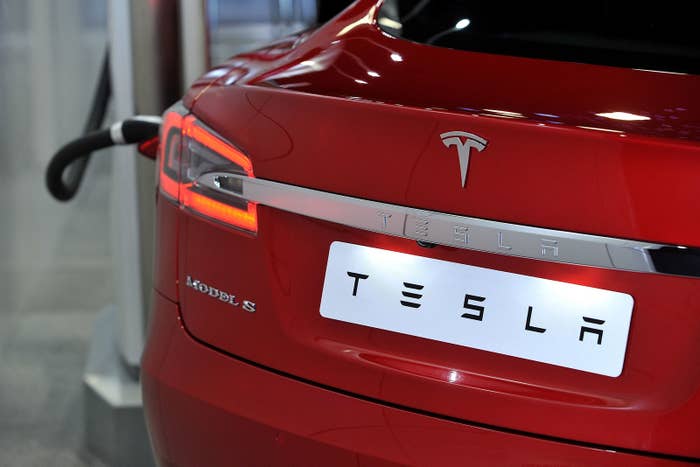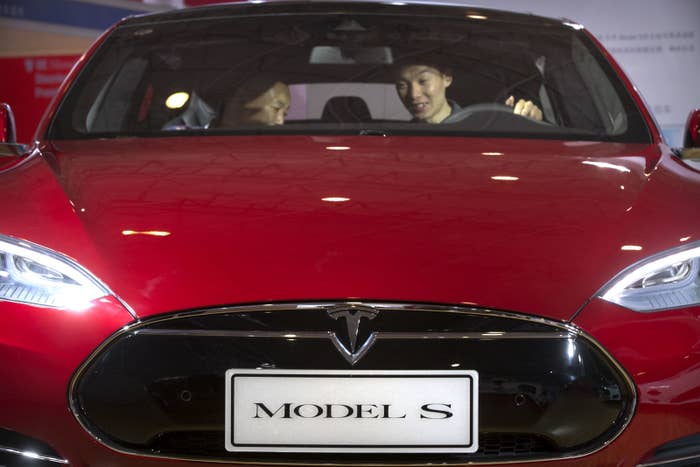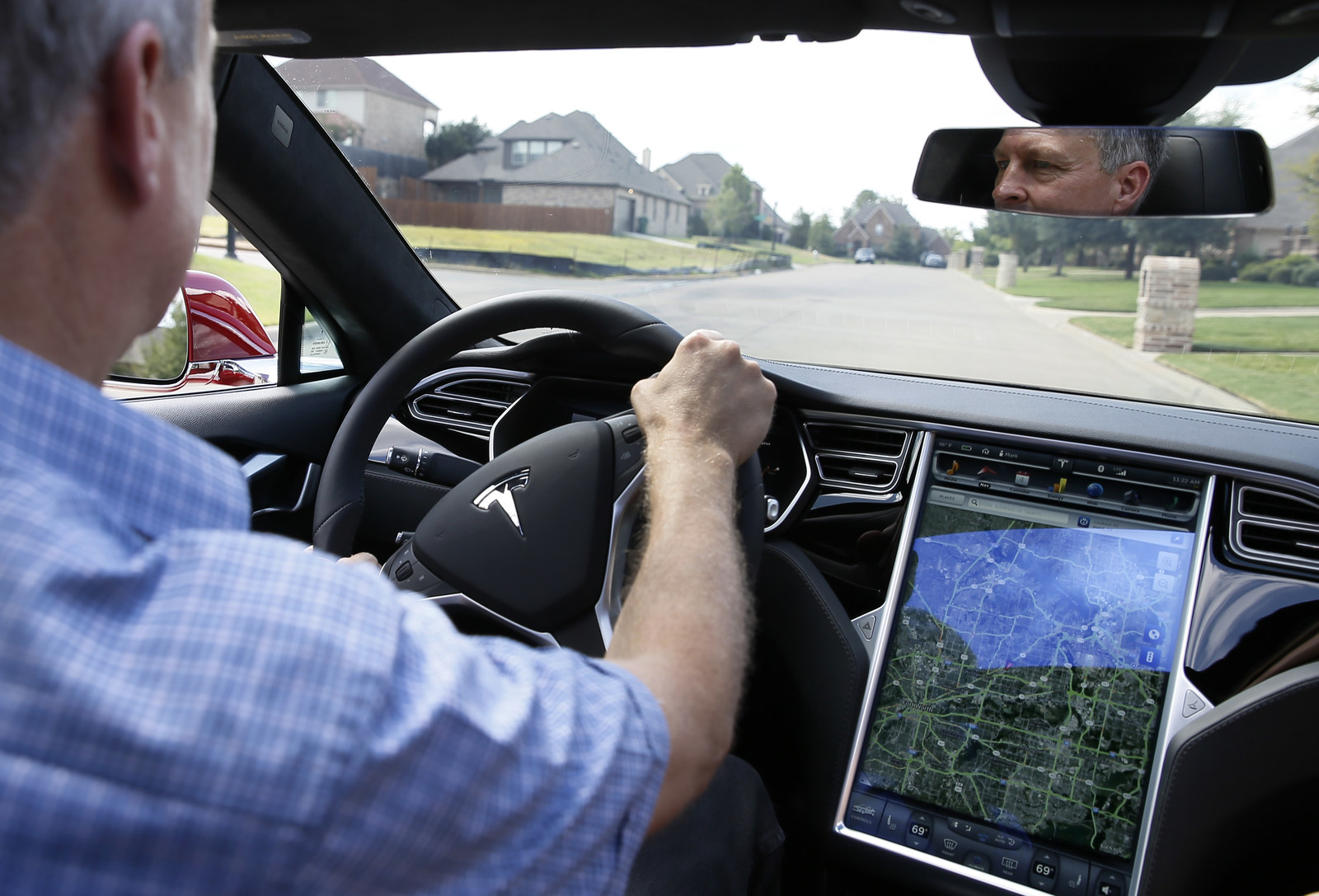
The U.S. National Highway Traffic Safety Administration has opened an investigation into Tesla's Model S vehicle and its "Autopilot" system after a driver using the feature was killed in a crash.
The crash, involving a 2015 Model S vehicle, marks the first known fatality from a vehicle using self-driving technology in the U.S.
In a lengthy statement, Tesla called the NHTSA investigation a "preliminary evaluation to determine whether the system worked according to expectations."
The deadly crash occurred on May 7 in Williston, Florida, when the driver of a tractor-trailer made a left turn in front of the Tesla, according to a statement from the NHTSA obtained by BuzzFeed News.
The investigation will be handled by NHTSA's Office of Defects Investigation, but officials noted that the probe did not mean a defect was suspected in the car's driverless technology.

"NHTSA will gather additional data regarding this incident and other information regarding the automated driving systems," NHTSA Communications Director Bryan Thomas said in a statement.
The inquiry will focus on the "design and performance of any automated driving systems in use at the time of the crash," according records on the investigation.
There are about 25,000 similar models currently in circulation, according to NHTSA.
"This is the first known fatality in just over 130 million miles where Autopilot was activated," Tesla said in statement, calling the fatal crash a "tragic loss."
Tesla attributed the "extremely rare circumstances" of the crash as to why the system's brakes did not engage.
"Neither Autopilot nor the driver noticed the white side of the tractor trailer against a brightly lit sky, so the brake was not applied," the Tesla statement read. "The high ride height of the trailer combined with the its positioning across the road and the extremely rare circumstances of the impact caused the Model S to pass under the trailer."
The Tesla crashed into the side of the truck's trailer, with its windshield hitting the bottom of the trailer, according to the company.
The driver of the Tesla killed in the May 7 crash was identified by The Verge as Joshua Brown, a 40-year-old Tesla owner who had previously posted videos about the car's autopilot feature.
A month before the deadly crash, Brown had posted a video on YouTube showing the technology saving the Model S as a truck merged into his lane.
"I actually wasn't watching that direction and Tessy (the name of my car) was on duty with autopilot engaged," Brown wrote at the time. "I became aware of the danger when Tessy alerted me with the "immediate take over" warning chime and the car swerving to the right to avoid the side collision."
Elon Musk, the founder of Tesla Motors, also tweeted the video.
Owner video of Autopilot steering to avoid collision with a truck https://t.co/FZUAXSjlR7
The company did not identify the driver in the deadly crash, but called him "a friend to Tesla and the broader EV community."
An obituary for Brown noted he died in a car crash on May 7.
The NHTSA investigation is expected to look the car's autopilot system during the crash, but Tesla stated the circumstances of the impact might have affected the system.

"Had the Model S impacted the front or rear of the trailer, even at high speed, its advanced crash system would likely have prevented serious injury as it has in numerous other similar incidents," Tesla said.
The deadly crash comes at a time when automakers are beginning to introduce the new self-driving technology to the market.
Tesla noted that its "Autopilot" feature is automatically disabled in its Model S vehicles, and warns drivers before enabling it that "the system is a new technology and still in a public beta phase before it can be enabled."
As news of the investigation were released, the head of the National Transportation Safety Board, Christopher Hart, was also talking at a luncheon about driverless technology, and how the agency could help implement it in new vehicles.
The technology, Hart noted in his prepared statement, could help prevent deadly crashes.
"Driverless cars are coming, and their potential for improvement is amazing," Hart said. "First and foremost, driverless cars could save many, if not most, of the 32,000 lives that are lost every year on our streets and highways."
Tesla said that while "it is not perfect," the technology is "getting better all the time."
"When used in conjunction with driver oversight, the data is unequivocal that Autopilot reduced driver workload and results in statistically significant improvement in safety."

